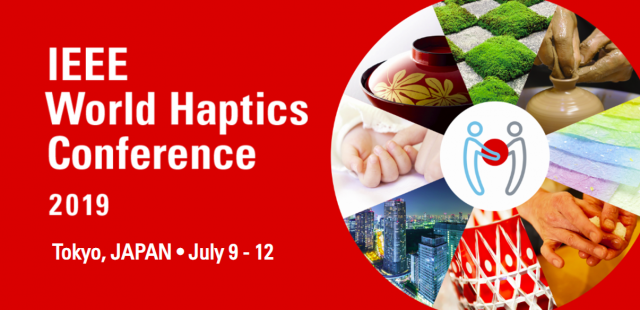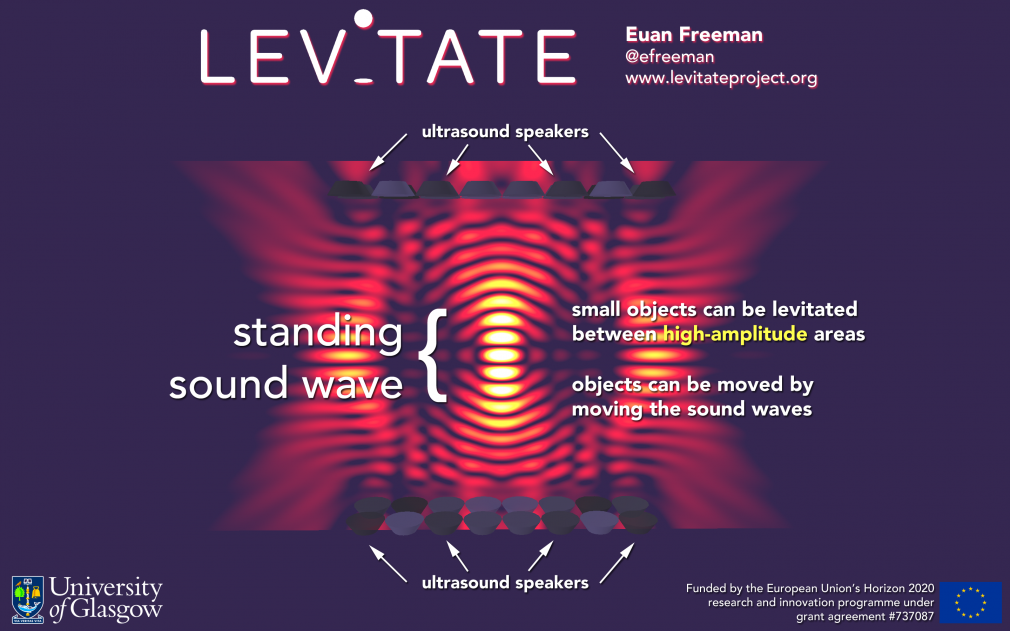The CHI conference has been and gone, though I’m pleased to share that I had one full paper at CHI this year. Investigating Clutching Interactions for Touchless Medical Imaging Systems was a collaboration with Trinity College Dublin where we looked at clutching methods for touchless gesture systems, within the context of touchless medical imaging systems. For more information about what clutching is and why it’s important, you can read this post on touchless clutching techniques.
Investigating Clutching Interactions for Touchless Medical Imaging Systems
S. Cronin, E. Freeman, and G. Doherty.
In Proceedings of the 2022 CHI Conference on Human Factors in Computing Systems. 2022.
@inproceedings{CHI2022Clutching,
title = {Investigating Clutching Interactions for Touchless Medical Imaging Systems},
author = {Cronin, Sean and Freeman, Euan and Doherty, Gavin},
doi = {10.1145/3491102.3517512},
publisher = {Association for Computing Machinery},
booktitle = {Proceedings of the 2022 CHI Conference on Human Factors in Computing Systems},
numpages = {14},
series = {CHI '22},
year = {2022},
video = {https://www.youtube.com/watch?v=MFznaMUG_DU},
pdf = {http://research.euanfreeman.co.uk/papers/CHI_2022_Clutching.pdf},
}





